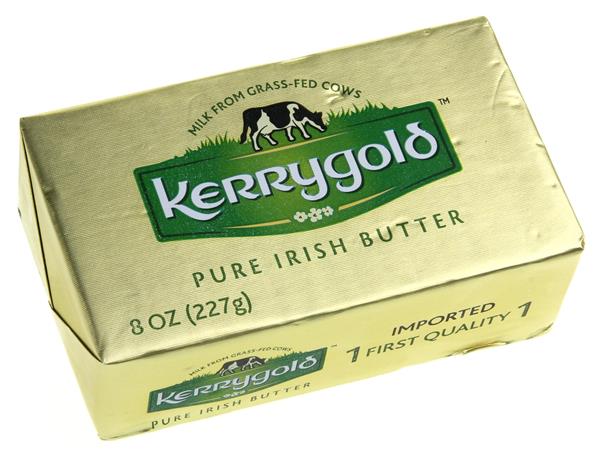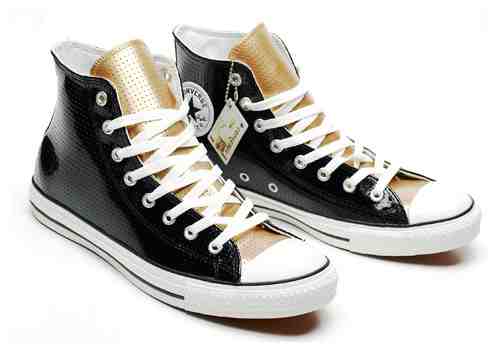Daadwerkelijk onderscheidend vermogen van merk RAW

Hof Den Haag 22 maart 2016, IEF 15801; IEFbe 1740; ECLI:NL:GHDHA:2016:669 (H&M tegen G-star Raw)
Merkenrecht; Internationale bevoegdheid. Geschil over onder meer het Gemeenschapsmerk RAW [IEF 13232]. De rechtbank heeft terecht geoordeeld dat de T-shirts en hoodies waarvoor H&M het artwork heeft gebruikt, identiek zijn aan de waren waarvoor G-Star het Gemeenschapsmerk RAW heeft ingeschreven, te weten kleding. Het Gemeenschapsmerk RAW heeft inherent onderscheidend vermogen voor kleding. H&M heeft hier slechts tegen ingebracht dat het begrip ‘raw’ beschrijvend is. Het onderscheidend vermogen van het Gemeenschapsmerk RAW is substantieel versterkt door het gebruik ervan. Dat het merk RAW daadwerkelijk onderscheidend vermogen heeft, wordt bevestigd door de marktonderzoeken die G-Star in het geding heeft gebracht. H&M wijst erop dat haar kleding uitsluitend in H&M-winkels wordt verkocht en vanwege die context zou het de gemiddelde consument volgens H&M duidelijk zijn dat de T-shirts en hoodies met het gewraakte artwork afkomstig zijn van H&M. Dat baat haar niet, er zijn vele voorbeelden van kleding waarop merken van derden staan of die in samenwerking met ontwerpers zijn gemaakt. Het hof bekrachtigt de bestreden vonnissen; IEF 13232, IEF 11923 en IEF 11582.






























































































